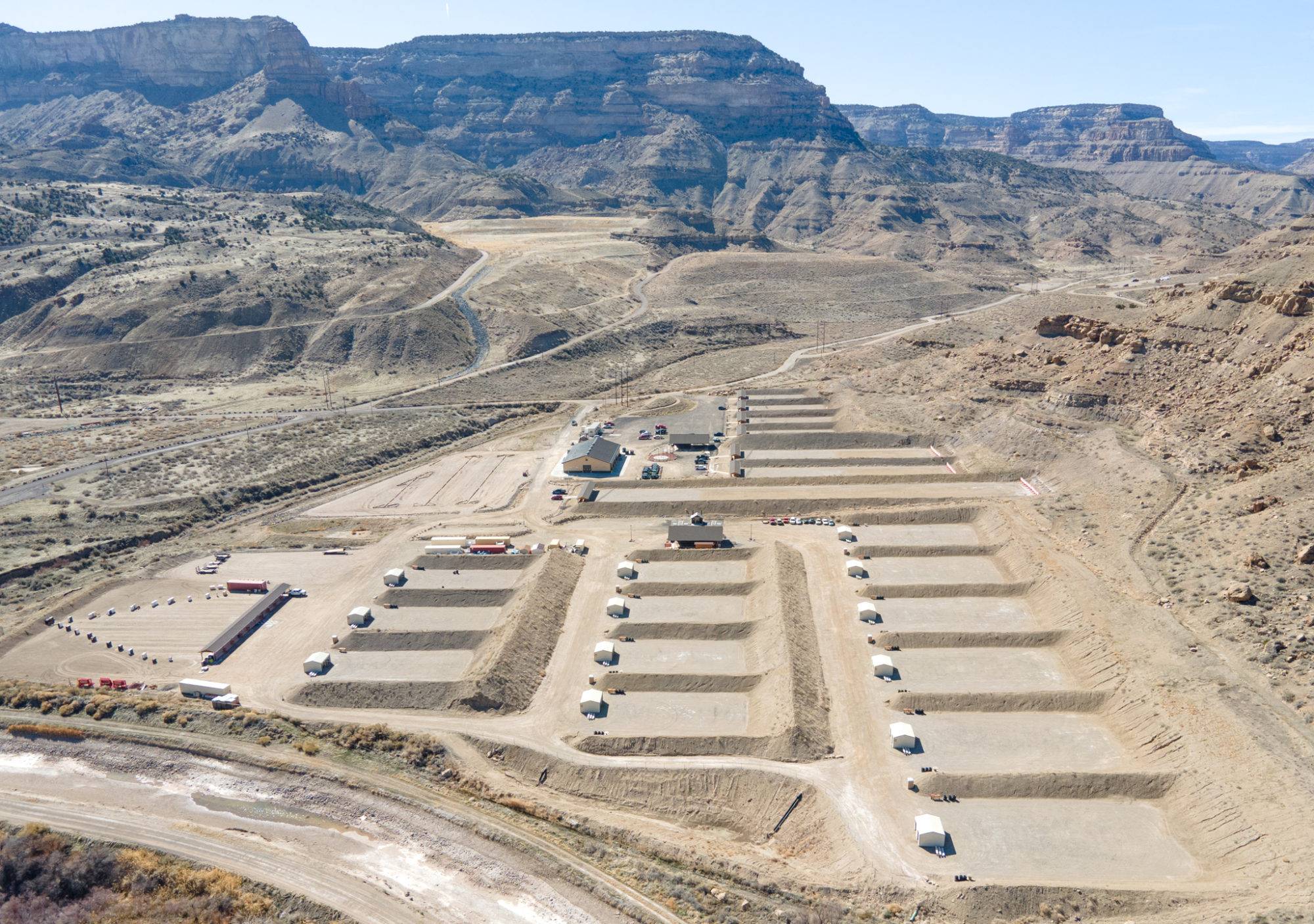by Brian Young, Captain USN(r) , CSEC LRP Range Officer.
The CSEC LRP Wind Drift Estimator updates and expands upon an old USMC wind drift (WD) thumb rule; Wind Drift (WD) in MOA equals the Crosswind (CW) divided by K times the distance in increments of hundreds of yards or Range (R).
WD = (CW/K) x R
The constant K represents the cross wind that will produce 1 MOA wind drift for every 100 yards. *
CSEC LRP Wind Drift Estimator 2.0 introduces a more accurate approach to wind drift by using different values of K for each of three separate intervals of the ballistic trajectory. The Ballistic Curve intervals are Hunting Range KHR (0-600 yds), Long Range KLR (700-1300 yds), and Extreme Long Range KELR (1400–2000 yds).
The CSEC LRP Wind Drift Estimator 2.0 differs from the USMC/SNIPER manual in that K is customized for caliber, altitude, bullet weight, muzzle velocity, and now for one of three intervals of the ballistic trajectory. The CSEC LRP Wind Drift Estimator is precisely that, an estimator, not intended to be exact, but sufficiently accurate to spot hits or bullet splash out to 2000yds.** Rounding numbers to keep calculations simple is appropriate and still yields good estimates of wind drift. However, the source of largest error will always be the estimate of cumulative downrange crosswind speed. Therefore, learning to accurately estimate crosswind using scope mirage, environmental factors, etc. is an important marksmanship skill.***
Individual caliber sheets are provided with a Base KLR for Sea Level, at a standard bullet weight, and a muzzle velocity of 2700 fps. Correction factors for altitude, bullet weight, and muzzle velocity are given to customize KLR. KLR is then corrected for Hunting Range (0 – 600 yds) and Extreme Long Range (1400 – 2000 yds). Each caliber sheet gives examples, estimates the wind drift, then compares the estimated wind drift to one of several online, free ballistic calculators.
https://www.hornady.com/team-hornady/ballistic-calculators/#!/4dof
https://bisonballistics.com/calculators/ballistics
https://bergerbullets.com/ballistics-calculator
How to Customize K
-
- Select the appropriate Caliber Sheet
- Customize the Base KLR for your load and altitude:
-
-
-
Altitude correction: .00006 times altitude feet, or .06 for every 1000′
-
Bullet Weight correction: ±.01 per 1 grain above/below Base BW
-
Muzzle Velocity correction: ±.001 per 1 fps above/below 2700 fps MV
-
-
-
- Apply corrections to the Base KLR, then calculate new K for Hunting Range or Extreme Long Range:
KHR = KLR x 1.4
KELR = KLR x .75
Example, how to calculate corrected KLR : .308 Base KLR at Sea Level for a 165gr bullet at 2700 fps is 10 mph. To determine KLR at 5300′, 180gr bullet, at 2580 fps MV:
-
- Calculate the corrections to the Base KLR:
-
-
-
Altitude: (0′ + 5300′) x .00006 = .32; 32% less wind drift due to less air density
-
Bullet Weight: (180gr – 165gr) x .01 = .15; 15% less wind drift due to more bullet weight
-
Muzzle Velocity: (2580 – 2700) x .001 = -.12; 12% more wind drift due to longer time of flight
-
Total = .32 + .15 – .12 = .35; 35% less wind drift than the Base KLR, or 35% more wind to equal 1 MOA every 100 yds.
-
-
-
- Corrected KLR = 10 x 1.35 = 13.5 ~ 13 mph
- Calculate K for hunting range or extreme long range as appropriate.
KHR = KLR x 1.4 = 13 x 1.4 = 18 mph
KELR = KLR x .75 = 13 x .75 = 10 mph
Example, how to calculate wind drift for hunting ( 0 – 600 yards): Hunting at 5300′, 12-15 mph (14 mph est.) crosswind Right to Left, snow at 28ºF, Bull Elk at 500 yards.
WD(500) = (14mph/KHR18 mph) x 500yd/100yd = .78 x 5 = 3.9 MOA Right.
Bison ballistics calculator Total Wind Drift = 3.9 MOA_R. Berger Ballistic calculates Total Wind Drift = 4 MOA_R.
* Note: multiply by .3 to convert MOA to MRAD.
** Note: Bullet Spin Drift is not included in the estimator and must be applied independently. Spin Drift is negligible at hunting ranges and can be ignored. However, Spin Drift can be significant at ranges of 1000 yards or more.
*** Note: The CSEC LRP Wind Drift Estimator is based on high-BC, Spire Point, Boat Tail bullets; it is not reliable for flat-based round nose bullets, but may yield usable results for flat-based Spitzer bullets, such as Nosler Partition, inside of 450 yards. Use KLR only for low-BC bullets in order to better match the ballistic trajectory.
Examples by Caliber (Click on the link for a PDF file):

